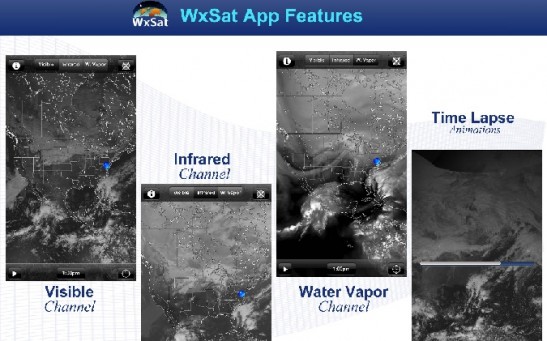nasa
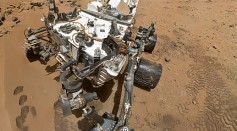
Curiosity Rover Uncovers Potential Fossils on Mars

NASA—How Tropical Rainforests May Help End the Climate Change Issue
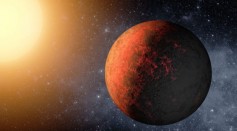
In Search of Life, Researchers Find Perfect Recipe for Earth-like Planets
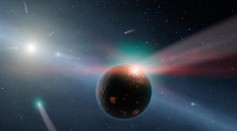
Passing Stars May Send Comets Smashing Into Earth – Eventually
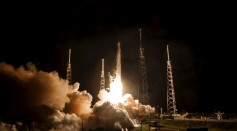
‘Houston, We Have a Problem’—SpaceX Falcon 9 Launch Called Off

Hubble’s New View of the ‘Pillars of Creation’
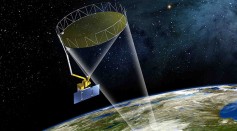
NASA To Launch Satellite to Analyze Moisture Content of Earth
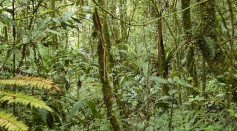
NASA Says Tropical Rainforests May Hold a Key To the Climate Change Issue

NASA Says Tropical Rainforests May Hold a Key To the Climate Change Issue
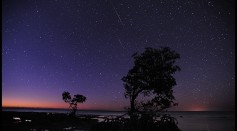
Quadrantid Meteor Shower Set to Put on a Show This Weekend
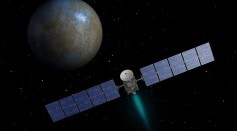
NASA’s Dawn Spacecraft Makes Approach to Ceres
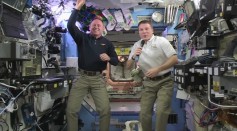
How Many Times Did the International Space Station Crew Ring in the New Year? Can You Guess?
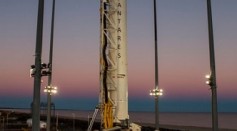
SpaceX’s Reusable Rocket Could Turn the Tide of Space Missions in 2015

Looking Back on 2014: NASA Marks the Top Discoveries of the Year
Most Popular

AI Revolution in Medical Education: Transforming How Healthcare Professionals Learn

Exploring Life Beyond Earth: Study Claims Other Planets Could Be Suitable for Alien Life

China’s Tiangong Space Station to Expand Its Capabilities With New Modules

Out of Office, Not Out of Mind: Planning for Employee Holiday Absences

